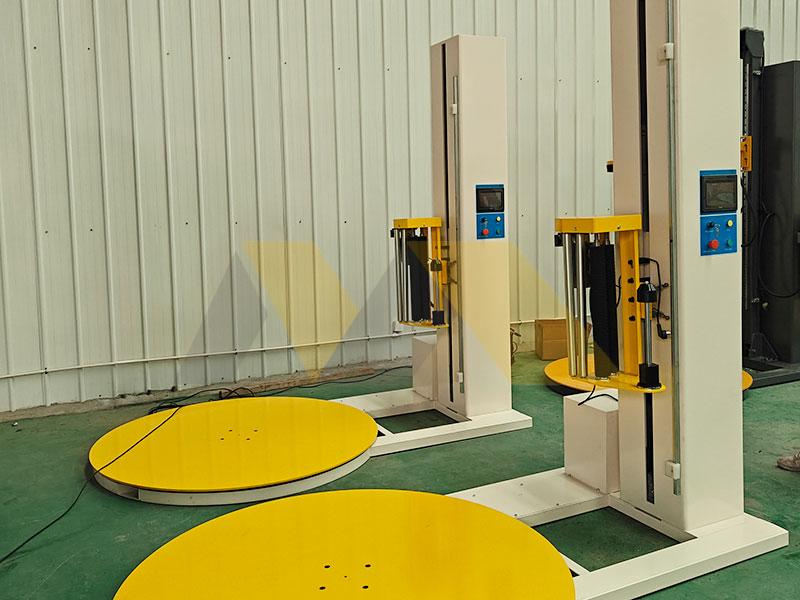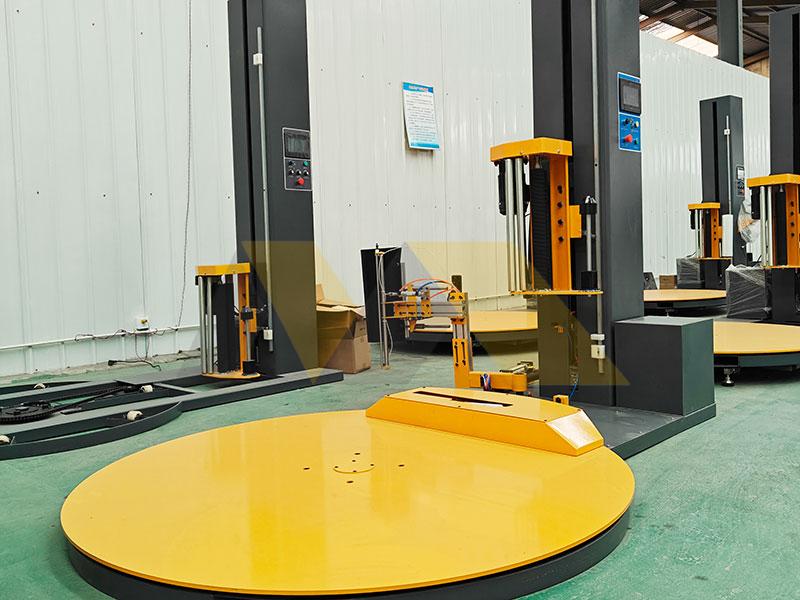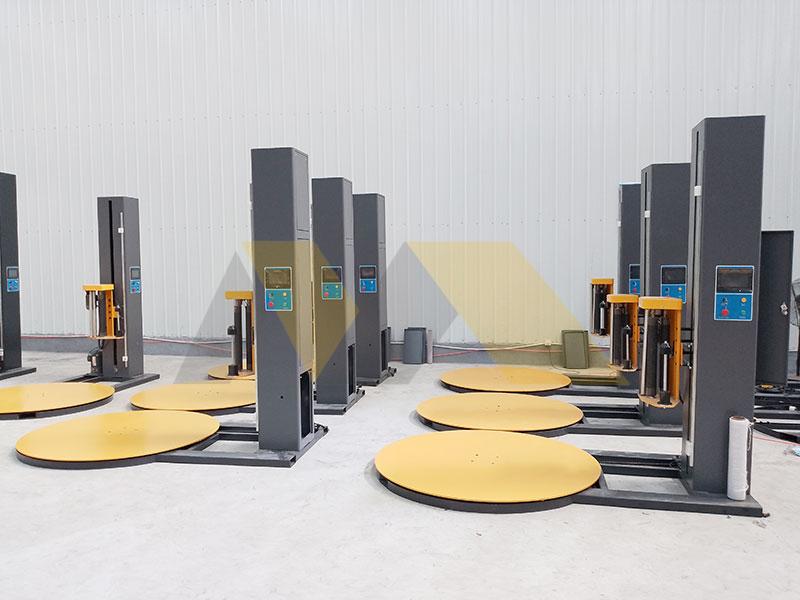Overbuying machines wastes your budget. I’ve seen clients struggle with costly errors. Match equipment to your actual outputs to save thousands.
The best packing machines balance speed (50-500 units/hour), versatility for diverse products, and durability under heavy use—semi-automatic sealers work for startups while fully automated lines slash costs by 40% when scaling large production.
Your product type decides everything. Avoid mistakes I fixed for clients like Lambert. Keep reading to see real workflow case studies.
Which machine is used for packing?
Wrong machines jam production lines daily. Your frustration with downtime is valid. Custom solutions prevent bottlenecks during peak seasons.
Vertical form-fill-seal machines pack powders/granules into bags, while horizontal flow-wrappers handle snacks/bars and semi-automatic shrink tunnels wrap irregular items like electronics—picking correctly cuts labor costs by 55%.
I once helped a North American trader redesign their entire system in 3 weeks. Focus on three critical factors.
Material Compatibility Charts
Food needs special certification equipment compared to industrial goods. Last year, Lambert rejected a client’s cookie order after leakage failures. Our compatibility tests:
| Material Type | Machine Type | Key Certifications | Cost Range |
|---|---|---|---|
| Powders/Grains | Auger filler + VFFS | FDA, ISO 22000 | $25,000-$60,000 |
| Electronics | Semi-auto shrink tunnel | CE, RoHS | $8,000-$15,000 |
| Liquids | Liquid filler + capper | NSF, GMP | $30,000-$70,000 |
Temperature Experiments
Dry soup mixes clumped below 20°C until we added heat coils. Testing saves recalls.
Output Speed Benchmarks
My Guangzhou clients doubled output using:
- Laser-guided conveyor synchronization
- Servo motor adjustments
- Nozzle redesigns
Speeds vary widely—always simulate peak demand first.
How do I choose a packing machine?
Random choices cause 70% overspending. Your inventory footprint matters as much as budget. I create custom scoring sheets for clients.
Analyze product dimensions (max weight/size), daily output targets, and integration needs—my free 3-step audit catches 98% mismatch risks before you buy like Lambert’s palletizing disaster last spring.
Stop wasting cash on useless features. Three steps I used for 50+ factories last year.
Total Ownership Analysis
Lambert saved $41,000/year after our breakdown:
| Factor | Low Budget ($50k) Choice | Premium ($120k) Choice | Savings Source |
|---|---|---|---|
| Downtime | 12 days/year | 2 days/year | Maintenance plan |
| Energy Usage | 15 kW/hour | 8 kW/hour | Servo motors |
| Labor Costs | 3 operators | 1 operator | Auto-loading |
| Changeover Time | 45 minutes | 10 minutes | Quick-release arms |
Floor Layout Mistakes
A Japanese client wasted 17% space until I rearranged conveyors. Measure twice.
Negotiation Strategy Checklist
I coach clients on:
- Avoiding upselling traps
- Warranty extension cost cuts
- Third-party parts compatibility proofs
Start trials before mass production buys.
What equipment is needed for packaging?
Missing one component stalls everything. Your deadlines suffer from mismatched gear. Turnkey packages solve integration headaches fast.
Core packaging equipment includes primary machines (fillers/sealers), conveyor belts for flow, quality scanners for defects, and palletizers for shipping—complete systems reduce breakdowns by 80% through unified maintenance.
I witnessed system failures daily before standardizing. Learn from errors we fixed with Lambert.
Component Synergy Tables
Sealers must talk to labelers flawlessly. One Toronto warehouse lost $30k/month in errors until we synced:
| Stage | Must-Have | Compatible Brands | Price |
|---|---|---|---|
| Filling | Liquid piston filler | MYWAY, JBT | $10,000+ |
| Sealing | Continuous band sealer | Proseal, ULMA | $8,000-$18,000 |
| Inspection | X-ray contaminant detector | Mekitec, Eagle | $20,000-$45,000 |
| Palletizing | Robotic arm stacker | Fanuc, KUKA | $50,000-$120,000 |
Vibration Testing Reveals Risks
Shipments crumbled until we added padding stations.
Maintenance Cost Predictions
My factory data shows:
- Belt replacements every 6-12 months
- Scanner calibration per 500 hours
- Seal bar lifetime: 100,000 cycles
Download MYWAY’s free upkeep calculator at https://mywaymachinery.com/contact/.
What are some of the general types of packaging machines?
Mass-producing clients need custom setups. Your complex orders require specific automation types. I categorize machines daily for exporters.
Five dominant packaging machine types stand out: cartoners (rigid cases), form-fill-sealers (flexible pouches), pallet wrappers (stability), thermoformers (medical packaging), and vacuum sealers (food freshness) with cross-industry adaptability being king for mid-sized buyers.
Let me simplify choices to your unique shipments. I’ll explain key metrics.
Niche Optimization Guides
Pharma differs greatly from hardware. Lambert expanded to cosmetics using our data:
| Machine Type | Ideal Industry | Speed (items/min) | Customization Level |
|---|---|---|---|
| Cartoners | Cosmetics, electronics | 50-200 | Medium |
| Thermoformers | Medical devices, hardware | 30-100 | High |
| Vacuum Sealers | Seafood, coffee | 20-80 | Low |
| Pallet Wrappers | Heavy industrial | 5-20 pallets/hr | Very High |
Humidity Chamber Testing
Batteries arrived corroded until we switched to vacuum sealing.
Global Brand Accuracy Data
US buyers demand Bosch/Siemens yet Chinese clones run at 90% quality for 50% cost—our quality protocols bridge gaps.
Get your personalized machine portfolio breakdown directly: https://mywaymachinery.com/contact/.
Conclusion
Choose packaging machines based on product specifics and scalability goals rather than trends to maximize ROI.



